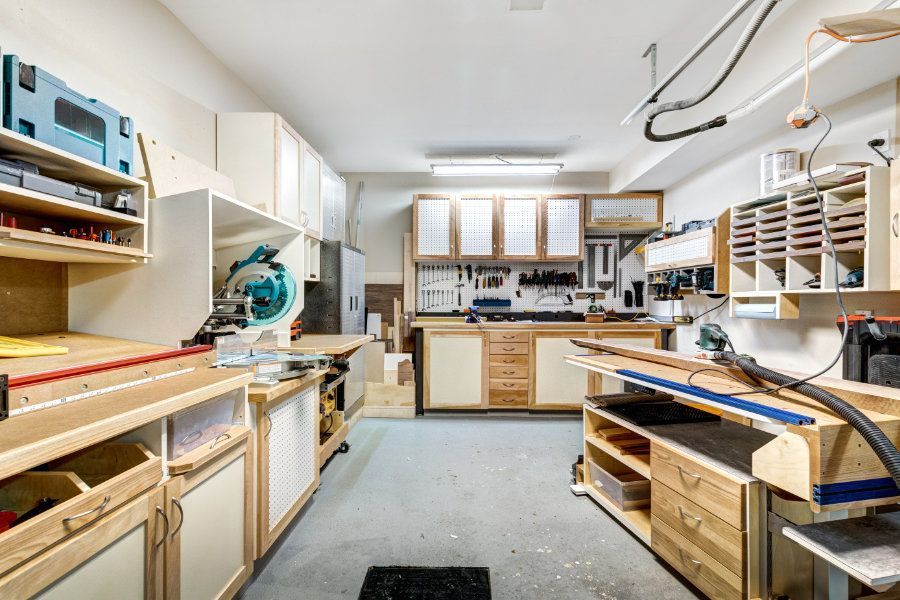How to Bring Added Benefit For Your Tenants With Upgrades To The Garage

Depending on the age of your rental property, the garage may be going unused for its intended purposes. As cars continue to get bigger, what used to be a sizable two-car garage now only fits one, and a single-car garage is often used as storage because cars simply do not fit in them anymore.
Instead of just letting the garage exist as a glorified shed, why not provide your garage with upgrades from which your tenant will benefit. While doing this can be a significant investment, remember that having a healthy relationship with your tenant is a great way to minimize vacancies. After all, if a rental is empty, you’re losing passive income and may need to pay out of pocket to prepare it for the next tenant.
Below are a few ideas to help benefit your tenant through upgrades you can do to the garage.
Finish the Interior
Many garages were built with the express purpose of storing one or two vehicles. It's not uncommon to see the interior of a garage exhibiting an unfinished interior. You often see exposed wall studs, concrete floors, and unfinished ceilings. A common trait these garages have is a single stop light in the center of the room that struggles to illuminate the corners.
If you notice that your current and past tenants need to use the garage to park their cars, consider adding the final touches to finish the garage's interior. You may be required to pull permits depending on the location of the garage and your local laws. Be sure to consult with a professional before remodeling your garage. Consider insulation, ventilation, electrical, and flooring depending on your intentions for the garage's future. Remember that you want to maintain the function of the garage in case a future tenant wants to protect their vehicle from the elements.
Epoxy flooring can be a great solution to give the interior a finished look while keeping the functionality of the garage to allow cars in and out without damage to the flooring.
Additional Storage
If the garage is on the smaller side, consider repurposing the garage as a dedicated storage location. You can achieve this by adding several storage racks along the garage walls. This can help you maximize your vertical storage, increasing the available floor space to store items. Overhead storage is often overlooked because it can't be mounted on lower ceilings. While these overhead racks need to be installed directly onto wood, which limits their location, they are often rated for heavy loads and keep items out of the way. This great storage solution only takes up a little floor space.
Home Office
Working from home has become incredibly popular in the last few years, especially with millennials. A home office can significantly benefit your tenant if this is the case. When converting a garage into an office setting, your primary consideration should be lighting. Try to mimic an office setting to help your tenant get into the mindset of working. If budget permits, a desk, chair, and accessible electrical outlets will also be helpful.
Home Gym
A healthy alternative to an empty garage is a home gym. For many, gyms can be intimidating, especially when starting out. Many people have busy schedules and only have a few minutes a day to exercise. Providing an area to work out at home may be a solution that attracts health-conscious tenants. This is an excellent asset to your rental.
While these are only a few ideas on repurposing an unused garage, remember that you can combine and adjust these features to your tenant's needs. If you are looking for other ways to upgrade your rental garage or need help emanating from your portfolio, we invite you to call us today at (562) 888-0247 or fill out our
Owner Application online.





